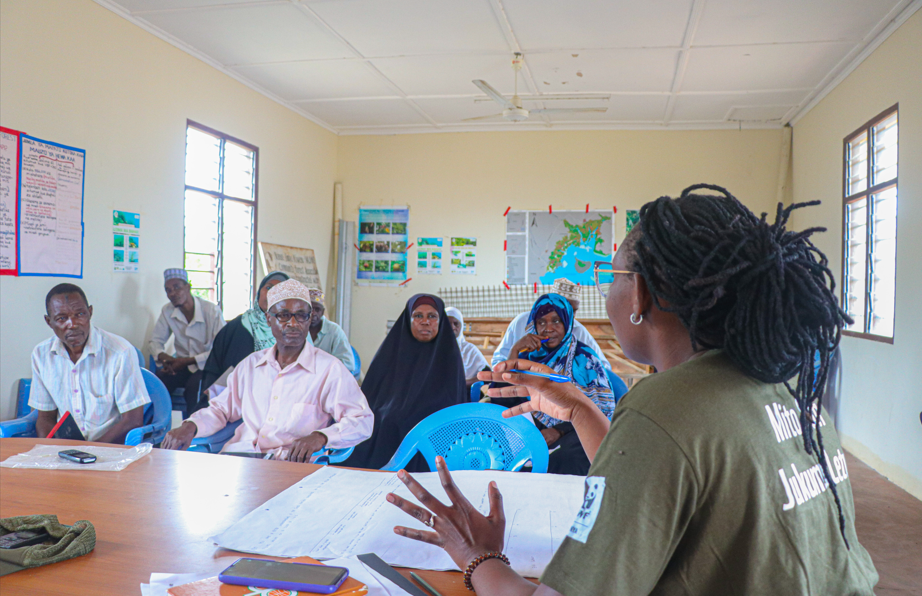Capacity building for the implementation of sustainable productive projects in forest landscapes.
The objective of the MDE Mexico was to strengthen the capacities of Indigenous Peoples and Local Communities that depend on forests and jungles through participatory and inclusive processes for the consolidation of productive projects in forest landscapes. The training began to take shape as soon as the subprojects were selected by the Evaluation Committee, whose members received training to facilitate analysis and dialogue on the proposals received to guide the evaluation and selection process.
On the other hand, the Local Technical Assistance provided the beneficiaries with accompaniment and specialized advice for the participatory construction of the technical proposals and the planning and monitoring instruments, which ensured the development of capacities and the appropriation of the instruments in each Working Group.
In addition, in order to provide technical support to the beneficiaries in the execution, monitoring and evaluation of the subprojects, a training program for change agents (Local Community Promoters) was implemented for community productive projects with a REDD+ approach.
Likewise, Knowledge Exchange Workshops were implemented among beneficiaries to strengthen their capacities with the knowledge of other more experienced groups.
